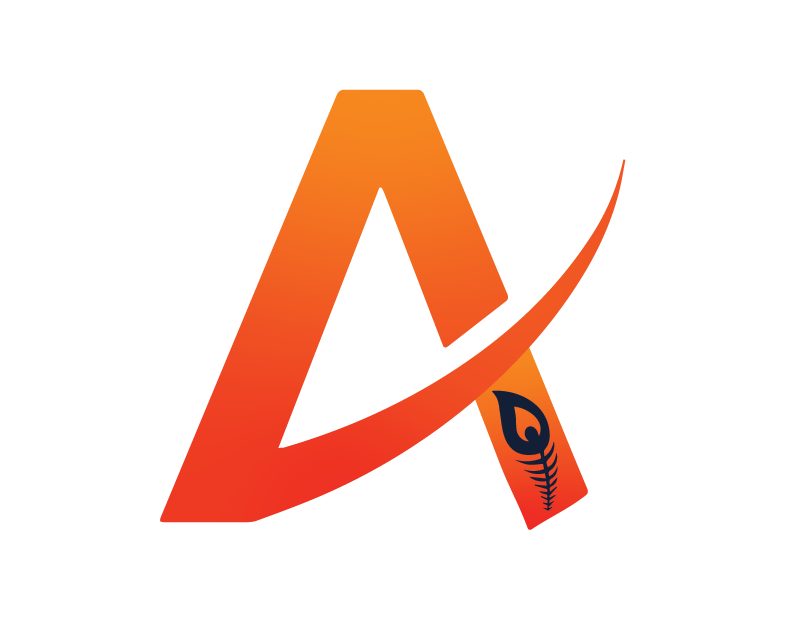Audience saturation is a common yet significant challenge in pay-per-click (PPC) advertising. It occurs when your target audience has been exposed to your ads so frequently that they stop engaging. This phenomenon can lead to lower ROI, falling conversion rates, and increased costs. To maintain campaign effectiveness, it’s crucial to understand and proactively manage audience saturation.
What Is Audience Saturation?
Audience saturation marks the point when repeated exposure to ads causes diminishing returns. Symptoms include stagnant or declining net new reach, reduced click-through rates (CTR), higher cost-per-clicks (CPC), and increased negative feedback from users. When your audience becomes oversaturated, even well-crafted ads can lose their impact, jeopardizing campaign success.
How to Monitor Audience Saturation
Monitoring audience saturation requires attention to specific key performance indicators (KPIs):
- Impression Share: For search ads, a high impression share (e.g., 90%) can indicate nearing saturation. On display networks, repeated exposure at similar levels often results in quicker saturation.
- Frequency Metrics: Use cumulative frequency to track how often unique users see your ads over time. This is more reliable than daily frequency for identifying long-term saturation trends.
- Net New Reach: Track how effectively your campaigns are reaching fresh audiences to avoid stagnation.
Solutions to Overcome Audience Saturation
- Isolate Finite Audiences: Segment smaller, highly targeted groups like retargeting audiences to better manage exposure and budget allocation.
- Adjust Campaign Goals: Align objectives with audience behavior. For instance, retargeting audiences may benefit from reach goals rather than conversion-focused ones.
- Expand Reach: Broaden your audience pool by targeting new geographies, networks, placements, or Lookalike audiences.
- Reduce Budget: In saturated markets, lowering spend can improve efficiency and ROI.
- Refresh Ads: Rotate creative content and sequence ads with different formats or messages to re-engage your audience and avoid fatigue.
Real-Life Case Studies
In one B2B software campaign, switching to broader Lookalike audiences and monitoring CRM data led to a 4x increase in SQLs and a 19% rise in Meta-attributed SQL share. For a B2C education brand, adjusting retargeting budgets by 27% through geo-split testing improved efficiency, increased sales by 6%, and reduced CAC by 5%.
Key Takeaways
Audience saturation in PPC is a performance killer, but proactive measures can counteract it. By monitoring critical KPIs, refreshing ad strategies, and adjusting campaigns to keep audiences engaged, advertisers can turn performance plateaus into peaks. Stay vigilant, and let your data guide your next move.


